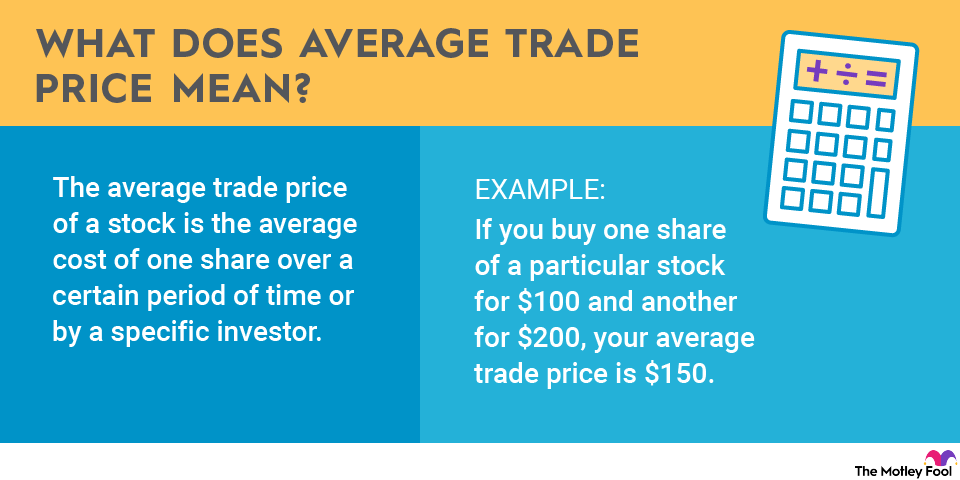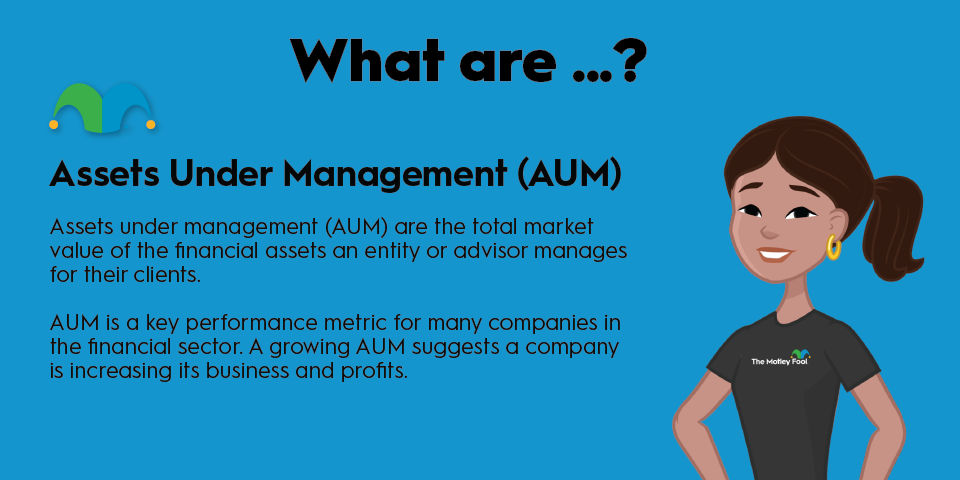An asset is a resource used to hold or create economic value. You might have personal assets, like your house, a savings account, a life insurance policy, or a particular set of skills. A company's assets, such as inventory, equipment, or patents, are more likely to be used to generate revenue. There are various types of assets investors must know about and can use to help determine good opportunities in the market.

What does "asset" mean?
An asset is anything with positive economic value. Assets can be classified in several different ways. Assets appear on a company's balance sheet when it reports quarterly earnings. The balance sheet shows a snapshot of a company's assets at the time of the report, and investors can string them together to track fluctuations over time.
An asset can be something that helps increase revenue, such as inventory. It could also be something that helps decrease expenses, such as specialized equipment that makes employees more efficient and effective at their jobs. Cash would also be considered an asset since it can be used to pay employees or to purchase other assets needed to maintain operations.
Types of assets
On a company's balance sheet, you'll see current and non-current assets. Current assets are resources expected to be used within the next year; for example, inventory, accounts receivable, cash and equivalents, and prepaid expenses. Non-current assets, or fixed assets, are those with a lifespan greater than a year. These include property, plants, equipment, investment property, and intellectual property rights. The value of fixed assets often declines every year due to depreciation, which gets expensed on the company's income statement.
Assets may also be classified as physical or intangible. A physical asset is something that physically takes up space, like a retailer's inventory. An intangible asset is merely an idea that a company controls, such as a retailer's brand(s). Intangible assets are typically intellectual property developed by the company but could also be licensed from other parties on an exclusive or non-exclusive basis.
A company may also say an asset is either an operating or non-operating asset. An operating asset is essential to the company's day-to-day activities. Examples include inventory or machinery. A non-operating asset is a resource a business doesn't actively use, such as long-term investments or vacant real estate.
Liability
Assets versus liabilities
A liability is the opposite of an asset. An asset has positive economic value, whereas a liability has negative economic value.
Examples of liabilities include debt, accounts payable, and unearned revenue. Liabilities are typically intangible, representing something owed to another entity.
You can find both assets and liabilities on a company's balance sheet, along with shareholder equity. The balance sheet will usually compute the sum of a company's liabilities and equity, which is always equal to a company's assets.
Measuring efficient use of assets
Two metrics are commonly used in financial analysis to determine how well a company uses its assets: asset turnover and return on assets.
Asset turnover is a ratio that measures how efficiently a company uses its assets to generate sales. It's simply a company's revenue divided by its average total assets, and it's usually computed on an annual basis. A high asset turnover, relative to its peers, indicates a company is operating extremely efficiently. A company may also exhibit an improving asset turnover ratio over time, indicating management is effectively expanding the business by increasing revenue without adding as many new assets to the balance sheet.
The return on assets is the ratio between net income and average total assets. It's very similar to the turnover ratio but looks at a company's bottom-line profits instead of its top-line sales growth. It's much more useful for mature businesses than for small growth stocks.
Building a basic understanding of the types of assets a company holds and uses in its operations and how it turns those assets into revenue and profits can make you a better investor.


















